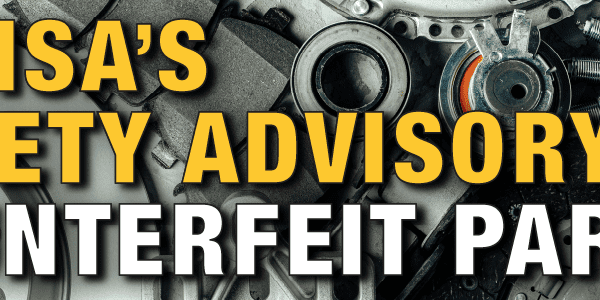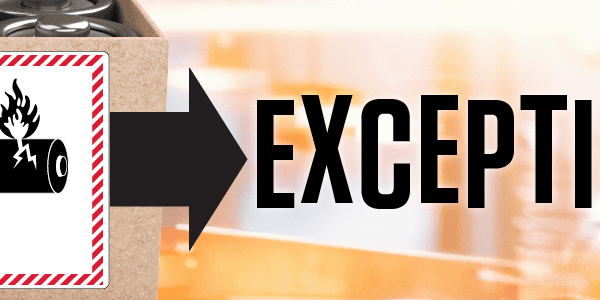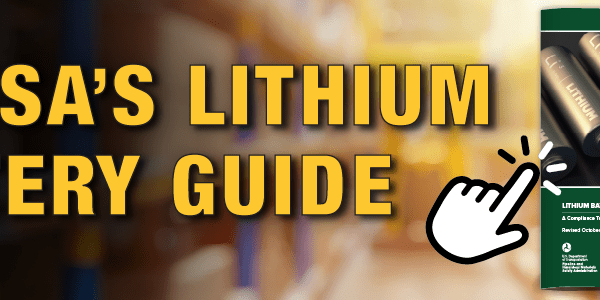
You never know what scenarios are going to come up in the dangerous goods world. There are always different experiences and something new learned from them. Recently I was asked about a particular exemption mentioned in TDG related to hot air balloons, and in doing some additional research I found this topic to be quite interesting and it raised some pretty good questions.
Are Hot Air Balloons Considered Dangerous Goods?
While the balloon itself may not be considered dangerous goods, an important component that helps make it float is. A hot air balloon is made up of 3 main parts:
- The Envelope: Made up of a fabric balloon and vents, this holds the air and allows it to float.
- The Burner: A tool used which propels the heat up inside the envelope.
- The Basket (or gondola): Where the passengers and pilot stand during the expedition.
In order to make the balloon float, dangerous goods come into play in the form of a propane. The propane is stored in a cylinder which is kept in the balloon basket, along with the passengers and the pilot. Basically, the burner uses the propane cylinder to heat up the air in the envelope in order to move the balloon off the ground and into the sky. This propane is highly compressed in the cylinders and flows to the burner in liquid form. Specifically, when the pilot starts the burner up, the propane flows to it and is ignited by a pilot light. When liquid propane is heated it turns into a gas, which heats up hotter than the air, flows into the envelope and as a result, the hot air balloon rises into the sky. So now that we know what dangerous goods are involved in this process, what is this exemption in TDG?
What is the TDG Hot Air Balloon Cylinder Exemption?
Transport Canada has an exemption for Propane Cylinders Under UN1978 located at TDG 1.50 if it is for use in a hot air balloon and it is on a road vehicle, railway vehicle, or a ship on a domestic voyage. This exemption provides relief from sections 5.1, 5.2, 5.5, and 5.10 (1) and (2) located in part 5 of TDG. These sections relieve you from selecting and using a means of containment, the requirements for a standardized means of containment, and means of containments for class 2 gases. Use of this exemption is contingent on below.
- (a) the cylinder is for use in a hot air balloon and is marked clearly and visibly, in letters at least 5 mm high, with the words “FOR USE IN HOT AIR BALLOONS ONLY” or “POUR UTILISATION DANS LES BALLONS SEULEMENT”;
- (b) a flight authority, as defined in subsection 101.01(1) of the “Canadian Aviation Regulations”, has been issued in respect of the hot air balloon;
- (c) the cylinder is designed, constructed, filled, closed, secured, and maintained so that under normal conditions of transport, including handling, there will be no release of dangerous goods that could endanger public safety.
In addition, there are a wide variety of requirements of the actual cylinder in the exemption that I suggest you look over to make sure you can utilize it in your specific situation. And as always, feel free to contact ICC The Compliance Center if you need any regulatory support related to TDG or across and of the dangerous goods transport regulations.
Sources on Hot air Balloons:
https://outdoortroop.com/what-type-of-fuel-does-a-hot-air-balloon-use/
Stay up to date and sign up for our newsletter!
We have all the products, services and training you need to ensure your staff is properly trained and informed.
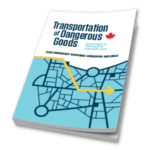 Canadian TDG Publications |
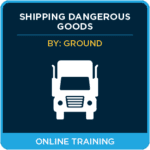 Shipping Dangerous Goods by Ground in Canada Training Courses |

